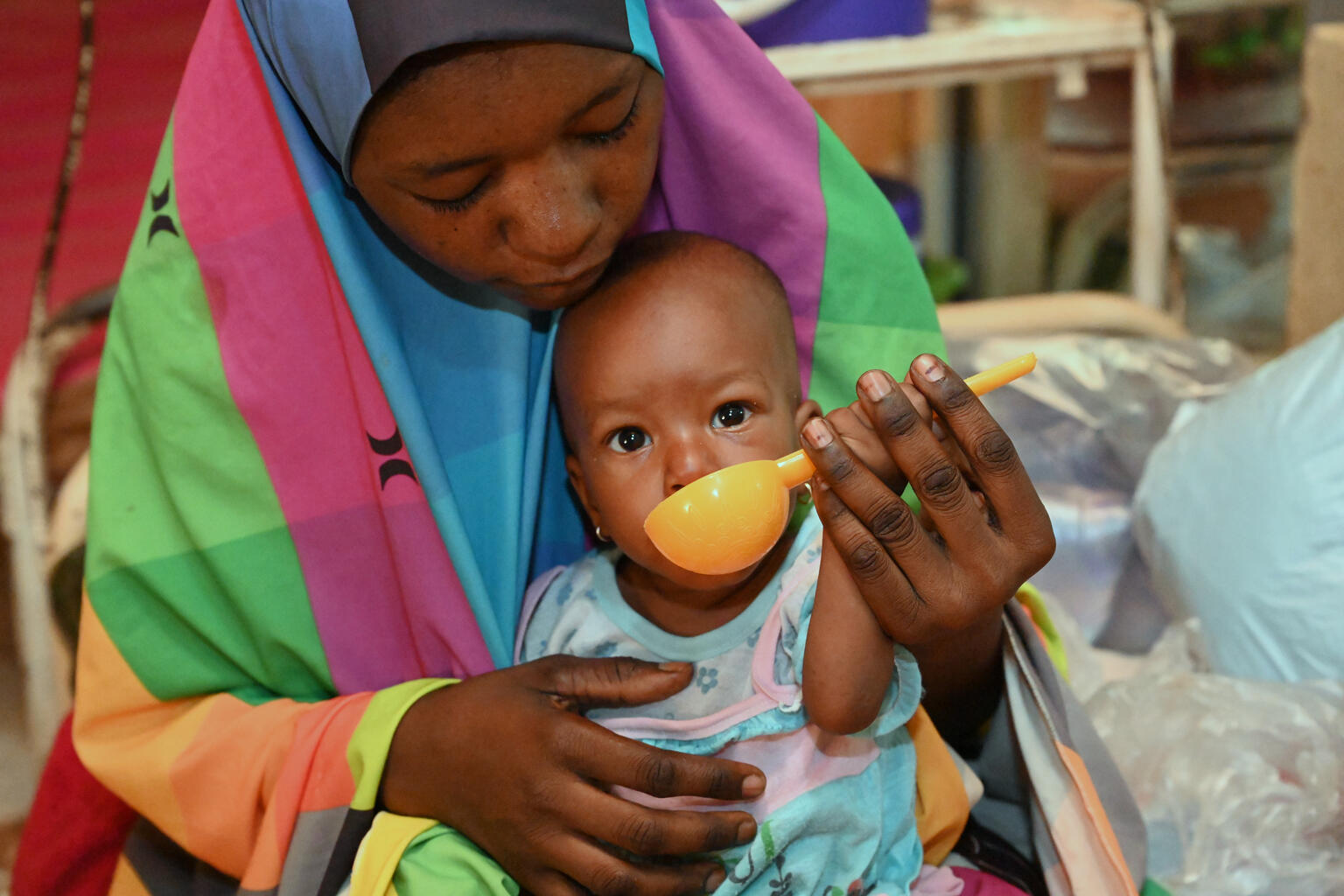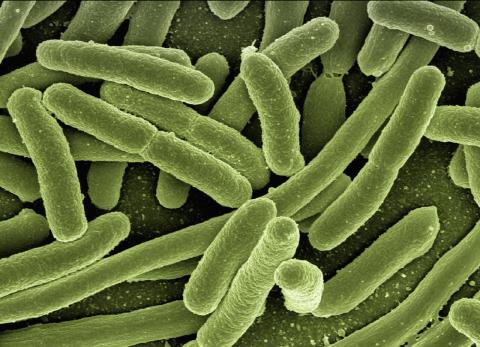Reactions to UNICEF's estimates of the number of children and young people dying in 2021
According to estimates by the United Nations Inter-Agency Group for Child Mortality Estimation (UN-IGME) published by UNICEF, in 2021 some 5 million children died before their fifth birthday, and another 2.1 million children and young people did it between the ages of 5 and 24. Additionally, 1.9 million babies were stillborn during the same period.

Faouzia Souleymane, an 8-month-old malnourished baby, receives a nutritional supplement at the CRENI (nutritional recovery center) in Tahoua, Niger. © UNICEF/UN0688716/Dejongh.
Ángel Hernández - muertes niños 2021 EN
Ángel Hernández Merino
Pediatrician and collaborator of the Advisory Committee on Vaccines, the Spanish Association of Pediatrics and the Spanish Association of Primary Care Pediatrics
Among the Sustainable Development Goals (SDGs) established in 2015 are those relating to child mortality: by 2030, the under-five mortality rate (U5MR) should be 25 or less per 1,000 live births. Similarly, the neonatal mortality rate (NMR) should be 12 or less per 1,000 live births.
UNICEF's press release crudely captures the findings of the UN-IGME working group, although it could have chosen a less gimmicky and more solid title. What is most relevant is:
- There has been a significant improvement in the data over the last three decades (U5MR of 93 in 1990, 76 in 2000, and 37 in 2020). And this means that millions of premature deaths, the vast majority of them avoidable, have been averted in this time period.
- But it is also notable that the improvement has slowed in recent years.
- More importantly, we are now far off target, with U5MR figures for a number of countries (mostly in Africa and South East Asia) falling far short of the global average rate of 37 deaths per 1,000 live births.
The data shown are consistent and robust, coming from a multiplicity of sources followed longitudinally with seriousness, despite the difficulty of obtaining comparable data from such disparate countries, although wide margins of uncertainty cannot be avoided in many cases. Almost a year ago, the same group published closed results as of 2019 (Lancet Glob Health. 2022;10(2):e195-e206). The data presented now extend the study period to 2020, showing a homogeneous trend of "stabilisation of improvement" (U5MR5 in 2019 37.7 and in 2020 of 37) seen years earlier.
The key issue is inequality between world regions. The tragic child deaths (not forgetting that most of them are preventable) in the least developed countries (HDI) are not just a problem of those countries, they are a global problem. Therefore, the solution must come from the hand of all the countries of the world, i.e. the countries with the highest level of development.
The U5MR is a faithful indicator of the degree of well-being and social development of the population, and not only of its health system (the health system is more involved in U5MR). This sets the direction for the efforts of the international community as a whole: improvement of education and health systems, basic infrastructures (safe water, etc.), social stability, economic independence and democratic development.
If we want the SDGs set for 2030 to be achieved, there is no time for complacency. It is a task that is as difficult as it is essential. And no one escapes responsibility for its achievement.
Quique Bassat - niños muertos 2021 EN
Quique Bassat
Director General and ICREA Research Professor at the Barcelona Institute for Global Health (ISGlobal)
The recently released UNICEF report highlights that every year 5 million children worldwide die before they reach the age of five, and 1.9 million more are stillborn.
Despite remarkable progress compared to the beginning of the century, these figures remain unacceptable and demonstrate the enormous health inequities that still prevail in this highly unequal world: more than 9 out of 10 of these deaths occur in the lowest income countries and from mostly preventable causes.
The international scientific community has an obligation to continue research into what are the main causes of these deaths and how best to prevent them, so that, in the future, your place of birth will not be such a dramatic determinant of your chances of survival.
United Nations Inter-agency Group for Child Mortality Estimation - UNICEF
- Report
- Non-peer-reviewed
- People



